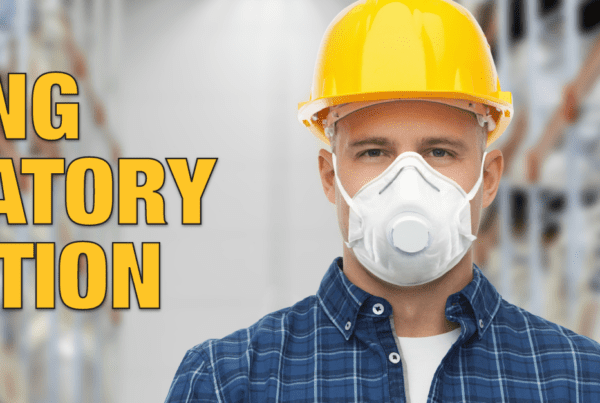Without proper protocol, injuries such as shock, falling, and burns are common injuries workers can be subjected to at the workplace. Employees who suffer from worked-related injuries and the companies they work for are at risk with the backlash of medical bills and lawsuits, not to mention long-term health concerns. Accidents do happen, but most of them are avoidable and you can lower the risk of serious injury by shoring up your safety protocols.
Employees can injure themselves in all sorts of manners, but by sticking to safety protocols that help companies avoid OSHA violations, you can protect your employees and your business from unnecessary hazards. All it takes is a few small measures and some training to have your business operations running efficiently and safely.
Here is a list of the most cited safety standards by the Occupational Safety & Health Administration (OSHA):
- Fall Protection
- Hazard communication
- Scaffolding
- Respiratory protection
- Electrical, wiring methods
- Powered industrial trucks
- Ladders
- Lockout/Tagout
- Electrical, general requirements
- Machine Guarding
OSHA recorded fall protection as the number one cited standard, and it has remained so along with the other top four in their listed order for quite some time. In fact, the top ten hasn’t changed since 2011. Despite the consistency of the top ten rankings, the number of citations has grown exponentially over the past few years. For instance, the tenth ranked citation, Machine Guarding, has received 1,369 more citations than the previous year’s tenth ranked violation, and more citations than the fourth ranked standard from 2012.
Many of these injuries and violations are recorded in construction. Though many of these injuries and violations can occur in a wide range of work settings, the good news is they are all preventable with proper safety equipment and training. With a few simple steps, we can avoid the top ten violations with the five most effective means of prevention.
- Schedule regular training
- Installment of formal safety policies, procedures, and equipment/gear
- Communicate expectations to employees
- Implement regular inspections
- Provide problem solving tools
If you have ever sat through a job safety training session, you know it is impossible to absorb all the information provided. A continual training process keeps safety concepts fresh in your workers’ minds. Periodic training holds them responsible for their safety and provides some peace of mind knowing your workers are being continually trained. Plus, short training periods that happen frequently are more beneficial than two-hour-long sessions.
Everyone has their own opinion on workers’ safety, but never second guess its importance and be weary of a boss who does. If you work in construction, take the Fall Injury Reduction course. Revisit the topics of the course periodically to refresh your mind and to help yourself stay on top of your safety at the workplace.
Author biography – William Chao is a safety professional with Safety Company who writes about occupational health and safety related topics.
Save






 ICC USA
ICC USA ICC Canada
ICC Canada